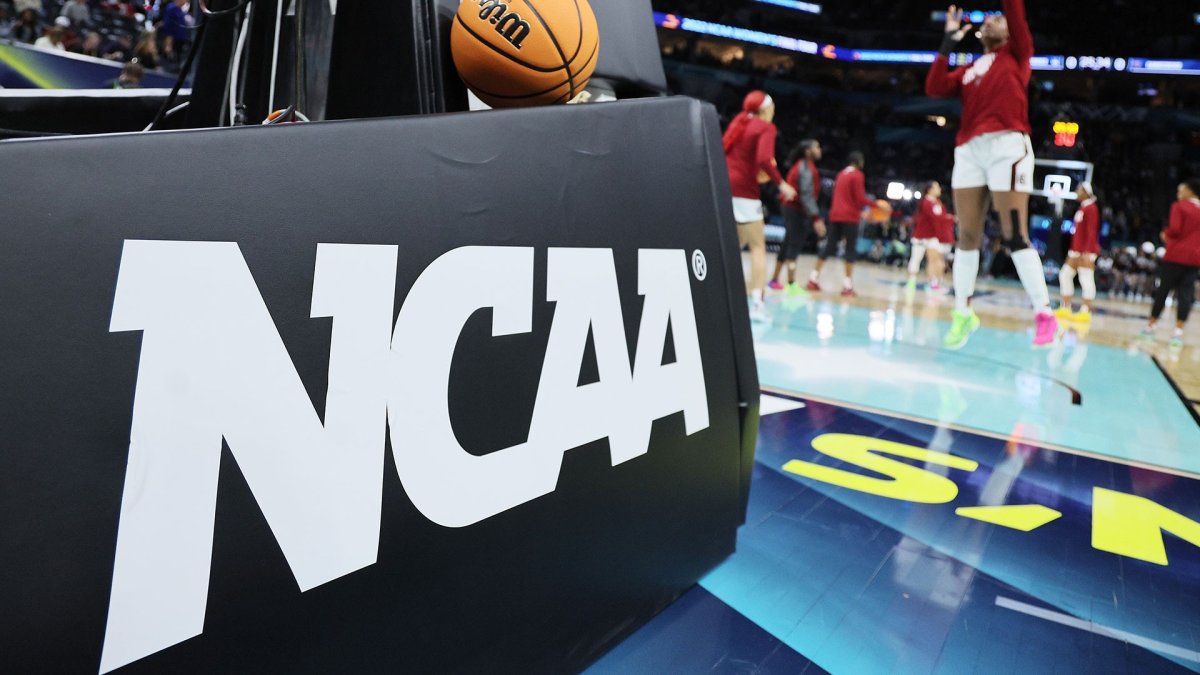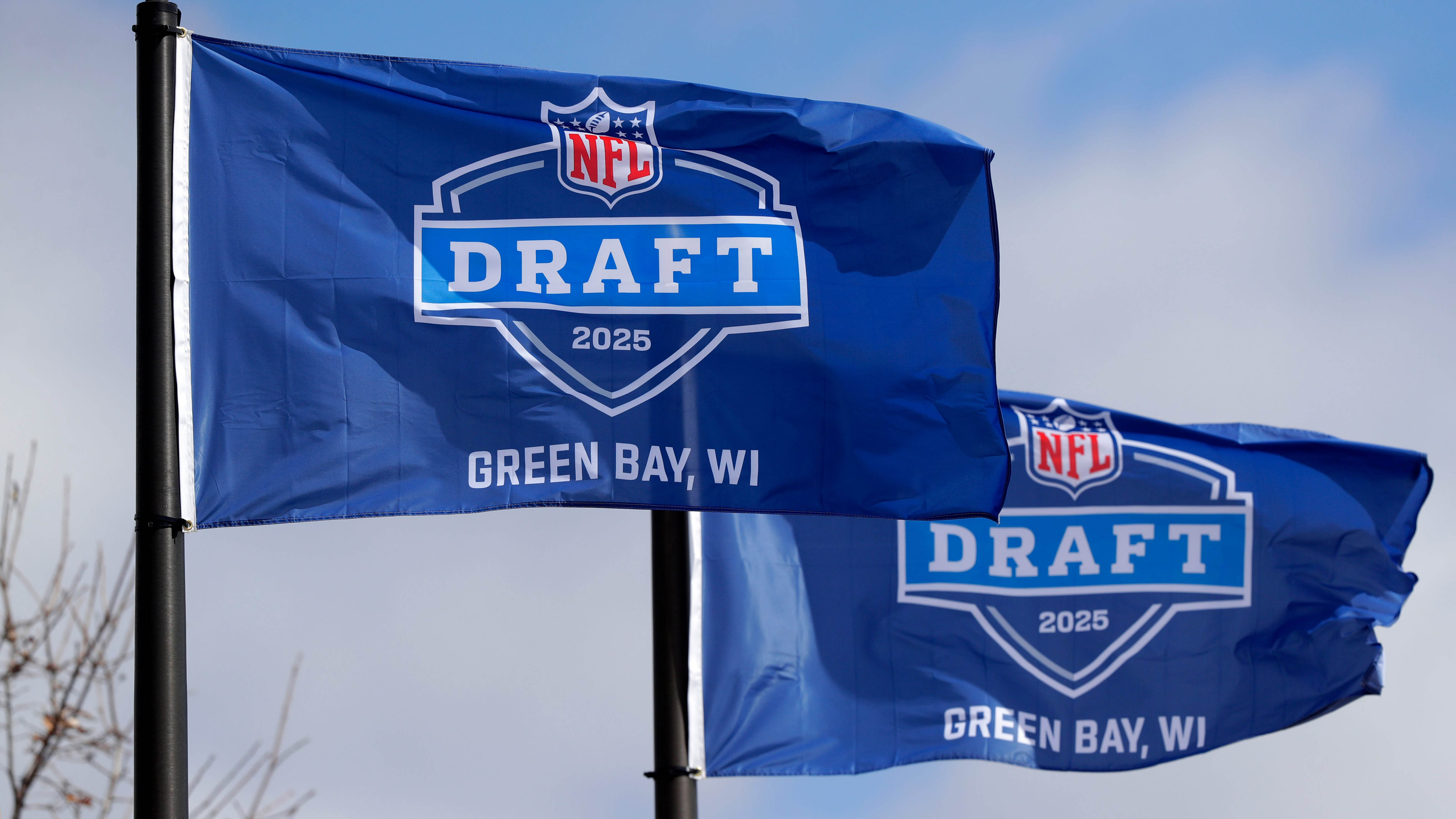
The NCAA transfer portal is a point of contention among NCAA coaches, but what is it and how does it actually work.
NCAA transfer portal: What it is, how it works originally appeared on NBC Sports Chicago
The NCAA transfer portal was introduced as a compliance system to create a more efficient transfer process for student-athletes who are looking to compete for a different institution.
The portal, which is an online database readily available to all college coaches and schools, is intended to transform Division I athletics by "better supporting the sustainability of college sports," according to the NCAA.
Clemson quarterback DJ Uiagalelei entered the transfer portal on Monday after two rocky seasons with the Tigers, becoming one of the biggest surprises under stellar head coach Dabo Swinney.
We've got the news you need to know to start your day. Sign up for the First & 4Most morning newsletter — delivered to your inbox daily. Sign up here.
While the portal has served as a massive positive for student-athletes, it has also created difficulties for coaches, especially when trying to facilitate a positive team environment when taking in multiple new players each year.
Additionally, while much of the transfer portal has been working smoothly, there are parts that the NCAA is looking to update to create an even more efficient system.
Here’s everything you need to know about the NCAA transfer portal:
Sports
How does the NCAA transfer portal work?
When an NCAA student-athlete decides they want to enter the transfer portal, they have to give their information to someone in the compliance office and the player will be submitted to the online database within 48 hours.
Once a player is in the portal, coaches from any school can decide if they want to reach out to a player as coaches have access to all contact information.
When the portal was introduced, it was intended to create more transparency in the transfer system and increase visibility for each player's desire to switch institutions.
In April 2021, players were given the chance to play at a school immediately after transferring one time. Prior to the new rule, players had to sit out a full season before getting the opportunity to compete.
When did the NCAA transfer portal start?
The NCAA transfer portal made its debut in October 2018.
When is the NCAA transfer window?
While there is no specific window for NCAA athletes, players must notify schools that they are looking to enter the transfer portal by May 1 of each academic year.
Why is the NCAA transfer portal good for student-athletes?
The NCAA transfer portal is a great opportunity for athletes to get exposure as all coaches are looking at the database daily.
The portal can also be used as leverage for players, who are allowed to enter both the transfer portal and the NBA Draft. The move gives players other options should they decide to go back to school.
How can the NCAA transfer portal be bad for a team?
When the NCAA transfer portal was introduced, players took full advantage of the opportunity to play at their favorite schools even if they didn’t first get in.
When the rules changed and players could officially transfer once without missing a year of competition, the number of transfers skyrocketed.
The numbers went up so much that it was negatively impacting teams as coaches have to constantly reteach their systems to new players, according to Jeff Goodman, a basketball analyst.
"There's so much movement that I think it is affecting and will affect the quality of play as much as anything else because you're going to have a complete roster overall every single year, not have the chemistry and the continuity that you've had over the years,” Goodman told NBC.
What is the NCAA looking to update within the transfer portal?
Todd Berry, the executive director of the American Football Coaches Association, said in May that he would like there to be two transfer windows for players to enter the portal: one from the final Sunday in November until the early signing date in mid-December, and another from April 15 to May 1.
The periods would only be for players to enter the portal with no requirement to transfer.
Additionally, there is a push to improve the NCAA's infractions process for those who violate NCAA recruiting rules. Critics of the process say it takes so long that it punishes programs and coaches after much time has passed and offenders have continued on.
This was seen in 2018-2019 when Mercer's women's cross country program violated multiple recruiting rules and had to pay the price in 2001, which included three years of probation for the coaches, a one-year postseason ban for the sport and a reduction of scholarships.
The NCAA states that the adjustments would be “more efficient so we can focus our attention on Division I membership expectations and, most importantly, benefits for student-athletes.”



